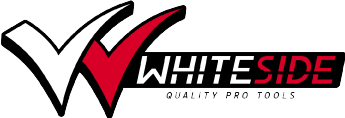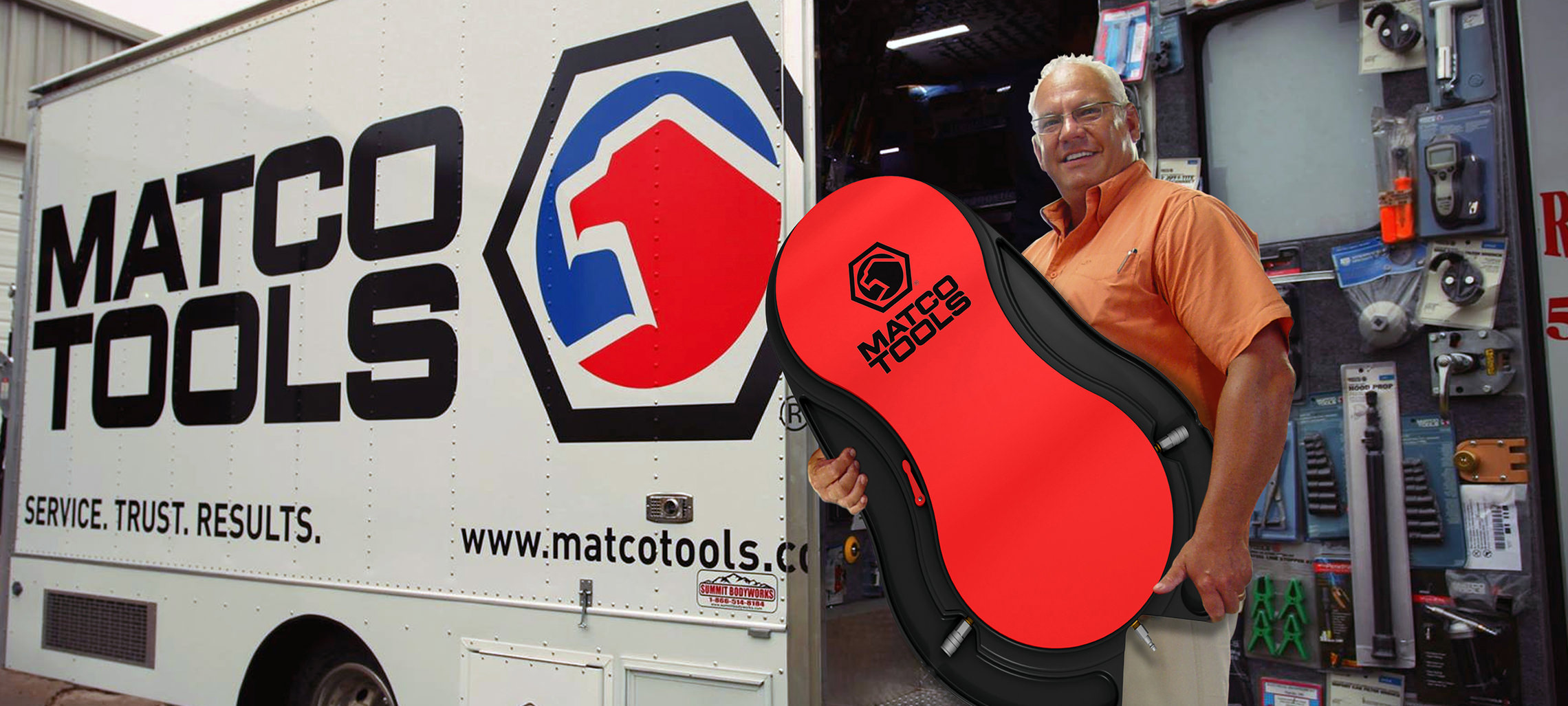
This invention was created using:
The Davison® 9-Step Inventing Method
Davison’s 9 Step Method offers our clients an informative experience that utilizes our technology and leverages our dedicated team of project managers designers, builders, and licensing agents who walk with inventors down the path of turning their idea in a product or app.
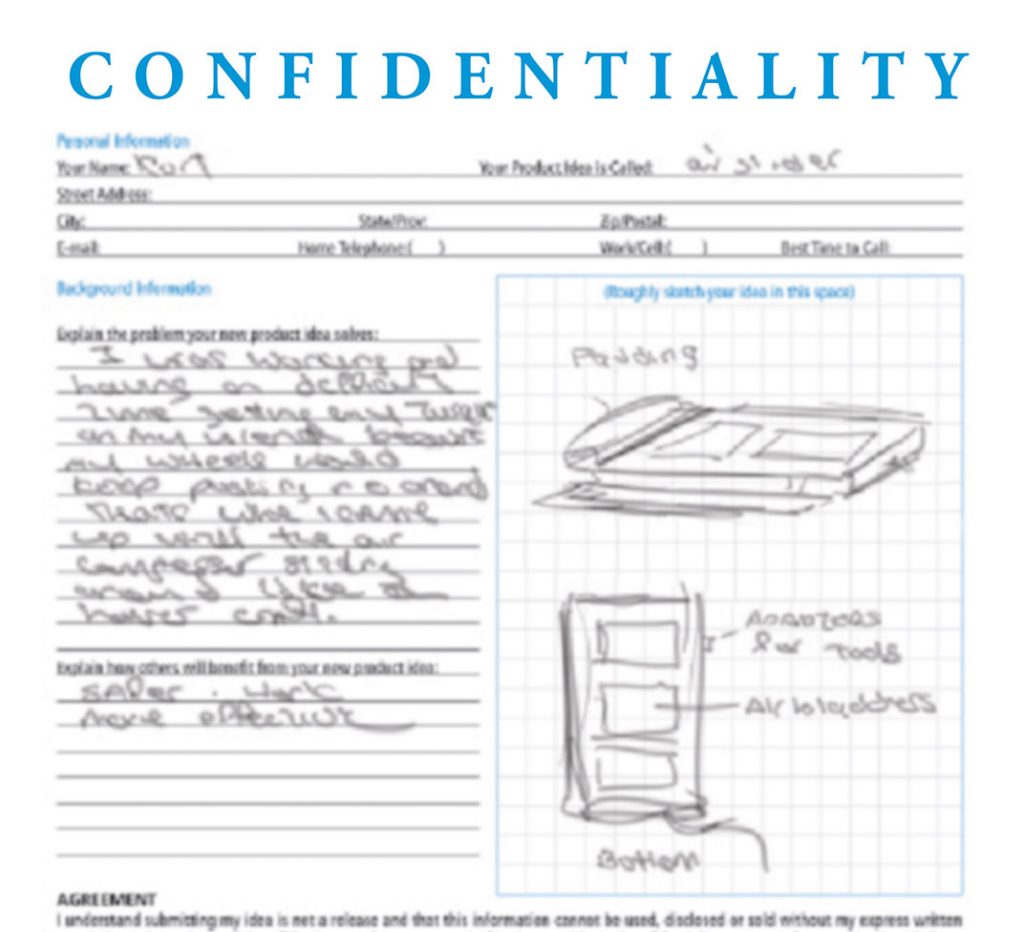
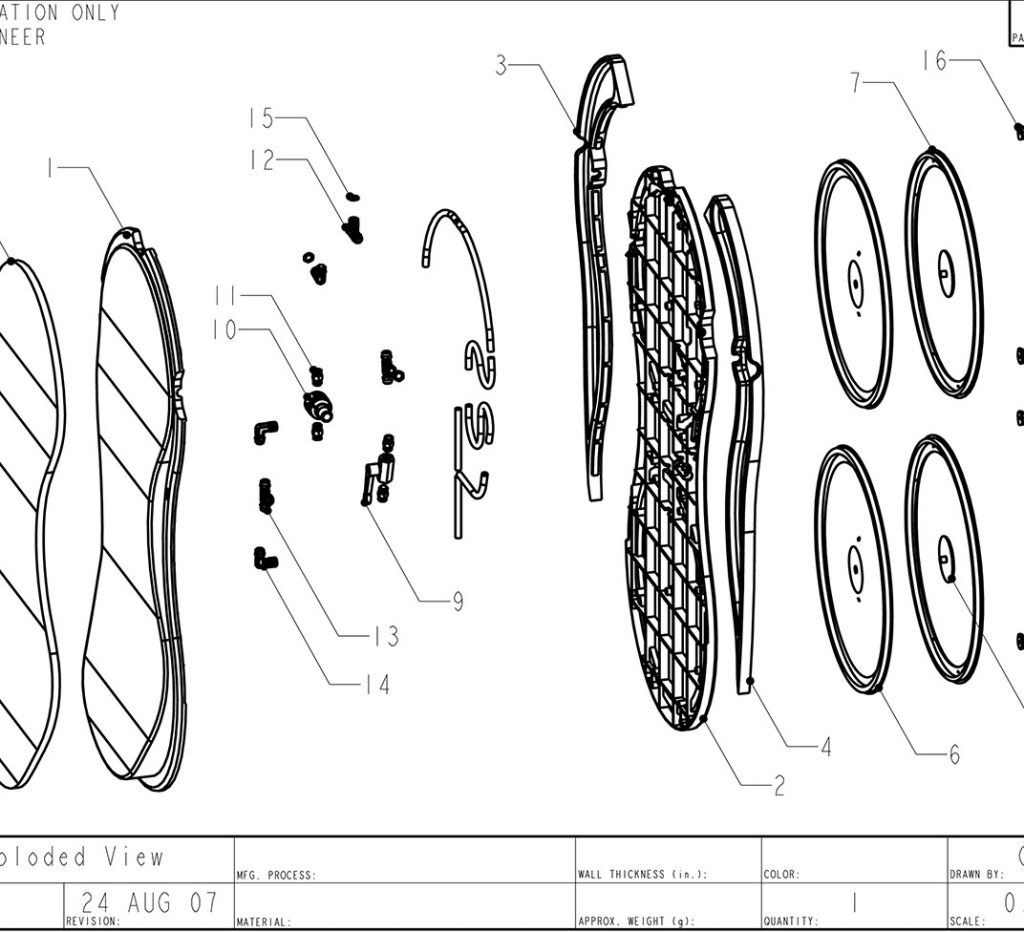
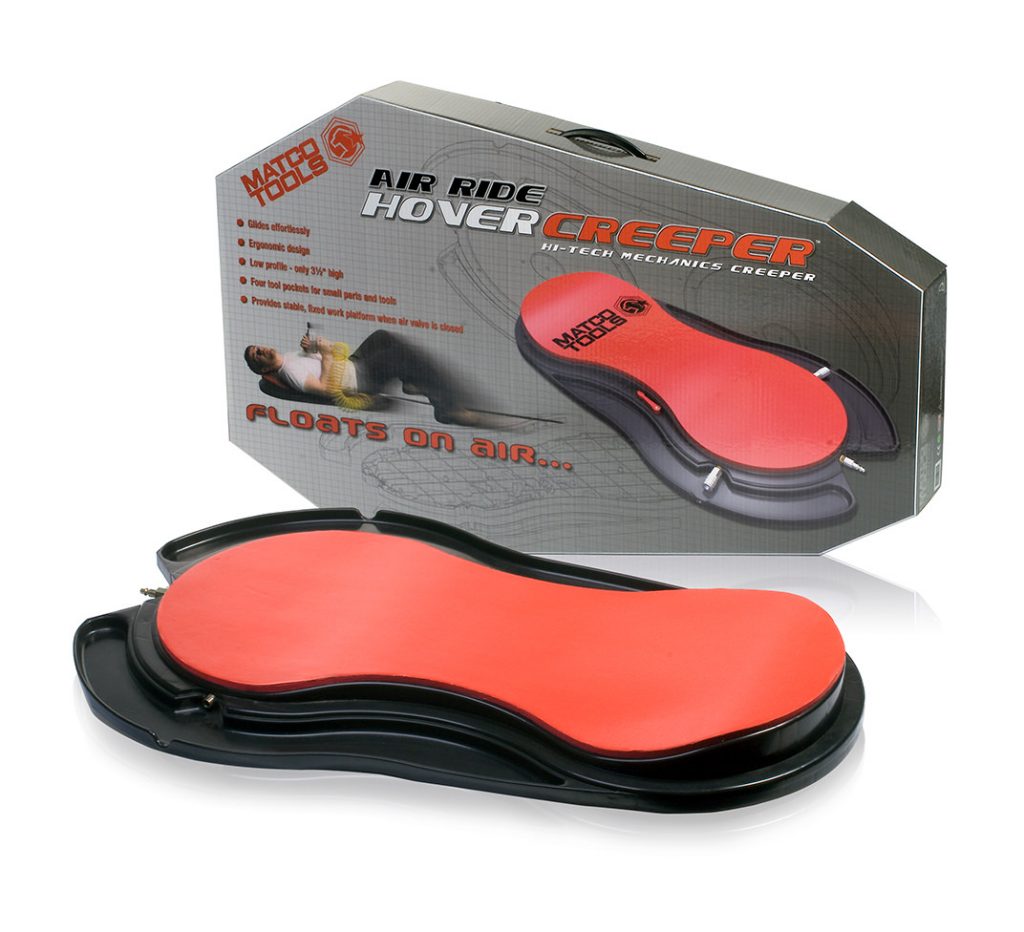
Kirt runs a business that sells industrial creepers to truck and automotive companies and wanted to innovate it. If you’ve ever seen a mechanic on their back rolling around under a car on a creeper, you may have seen the wheels get stuck on bolts that are laying on the floor or stuck on a crack in the floor. Then there’s the problem of the creeper moving around all over the place when you are trying to tighten something down.
We applied the Davison® Inventing Method to this challenge and figured out a way to remove the wheels completely. The mechanic can plug his or her shop’s air hose into the creeper and float on air and go over cracks and bolts with ease. Then, when they want to tighten something, they turn a handle to stop the air and they stop floating. Kirt’s product has been sold by Matco and he appeared on The History Channel with our founder showing the Hover Creeper off.
Hover Creeper has sold in:

1 Confidentiality
Protect your idea with an Idea Security Agreement (ISA), or a Confidentiality Agreement before you speak with anyone, including a patent attorney.
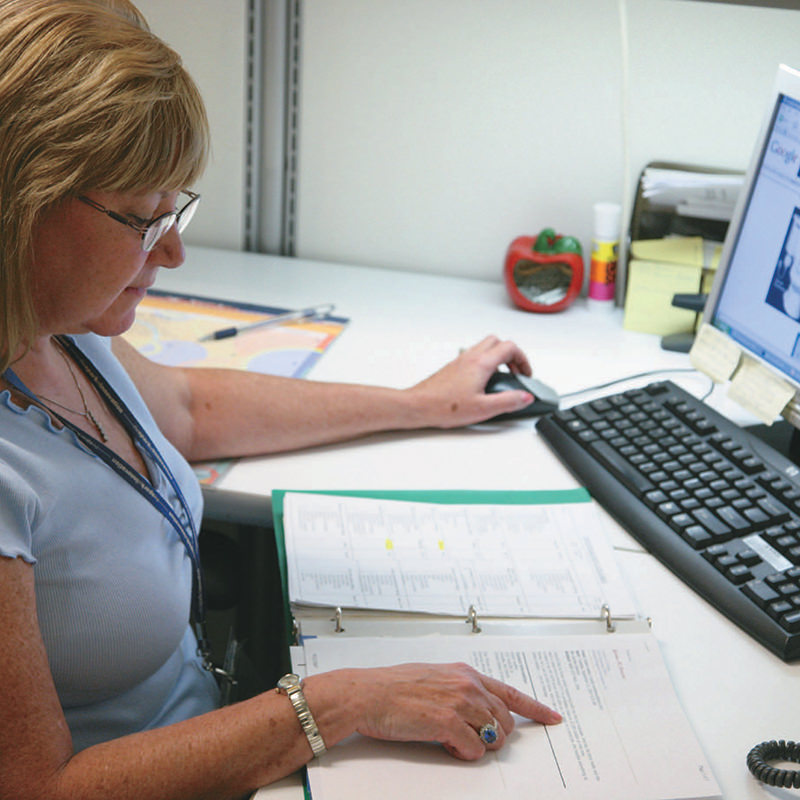
2 Pre-Development
We want to know as much as possible about the market where the idea will be going, the companies, products, and patents (patent search) in that market.
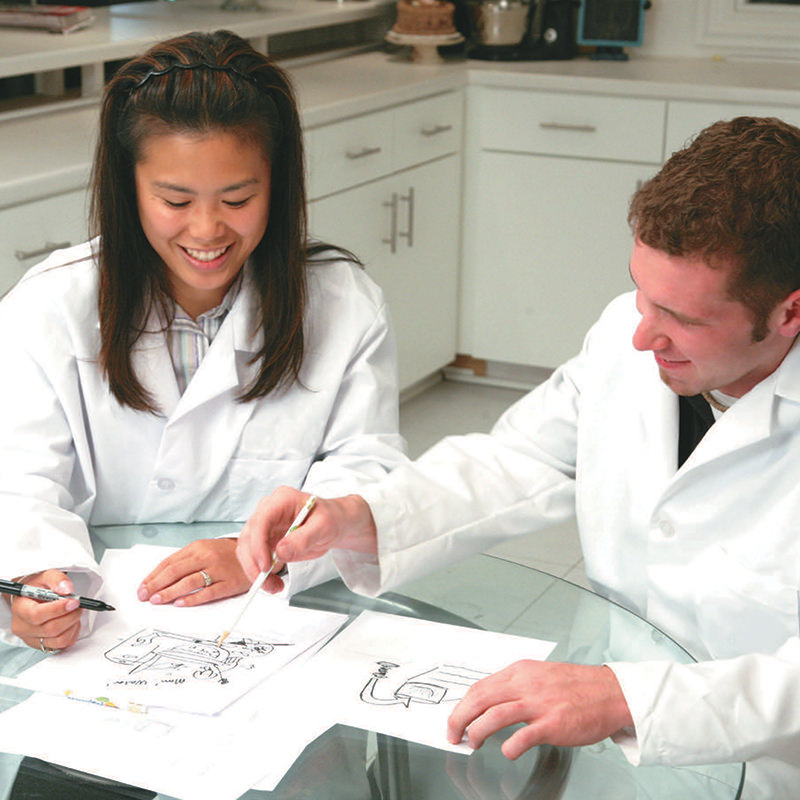
3 Brainstorming
Brainstorming is a very critical component of the inventing process. A team of people who are highly skilled in design, manufacturing, raw materials, and communications work together.
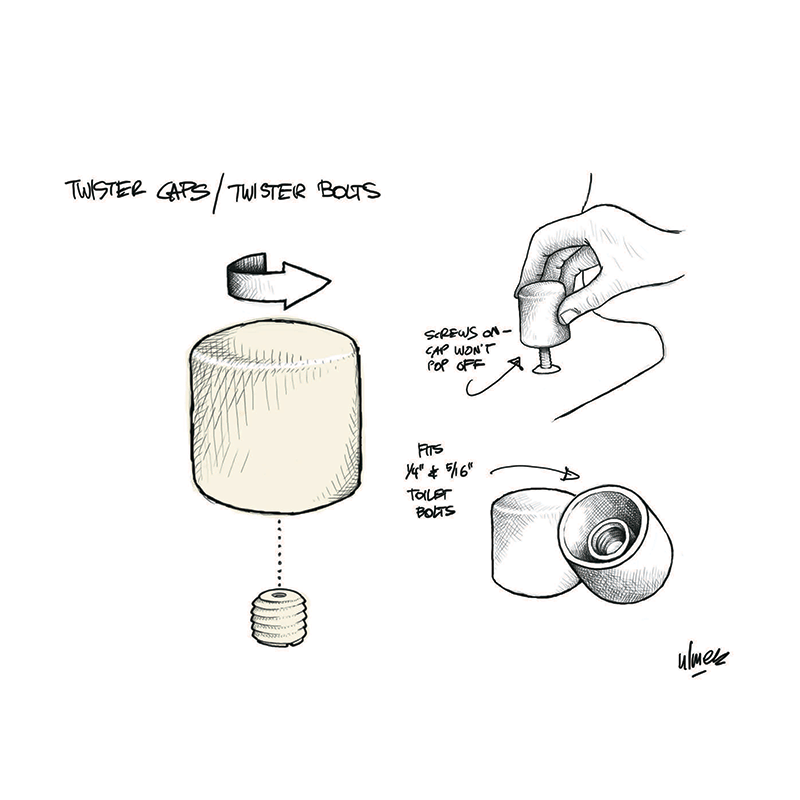
4 Ideation Sketch
Once a cost-effective solution is brainstormed, create an ideation sketch. The sketches are great communication tools, and let other people in the process understand the invention.
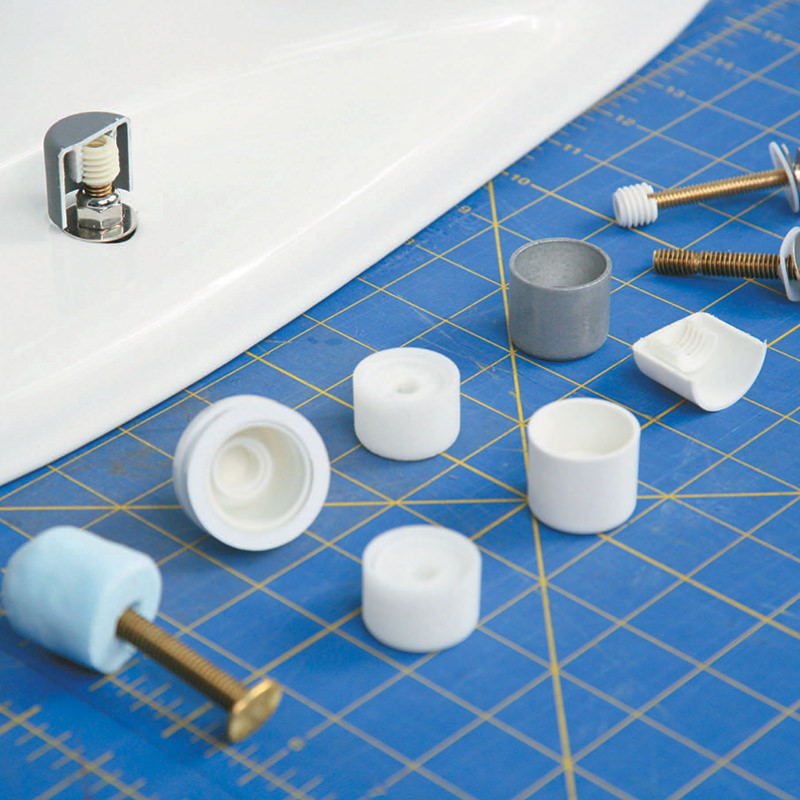
5 Concept Model
A concept model is a preliminary 3D working model based on the ideation sketch. In app development, the equivalent to a concept model is a wireframe diagram, which reflects the various types of functions and screens to be incorporated in the app. In gaining knowl- edge of a functioning model, changes can be noted for production and engineering.
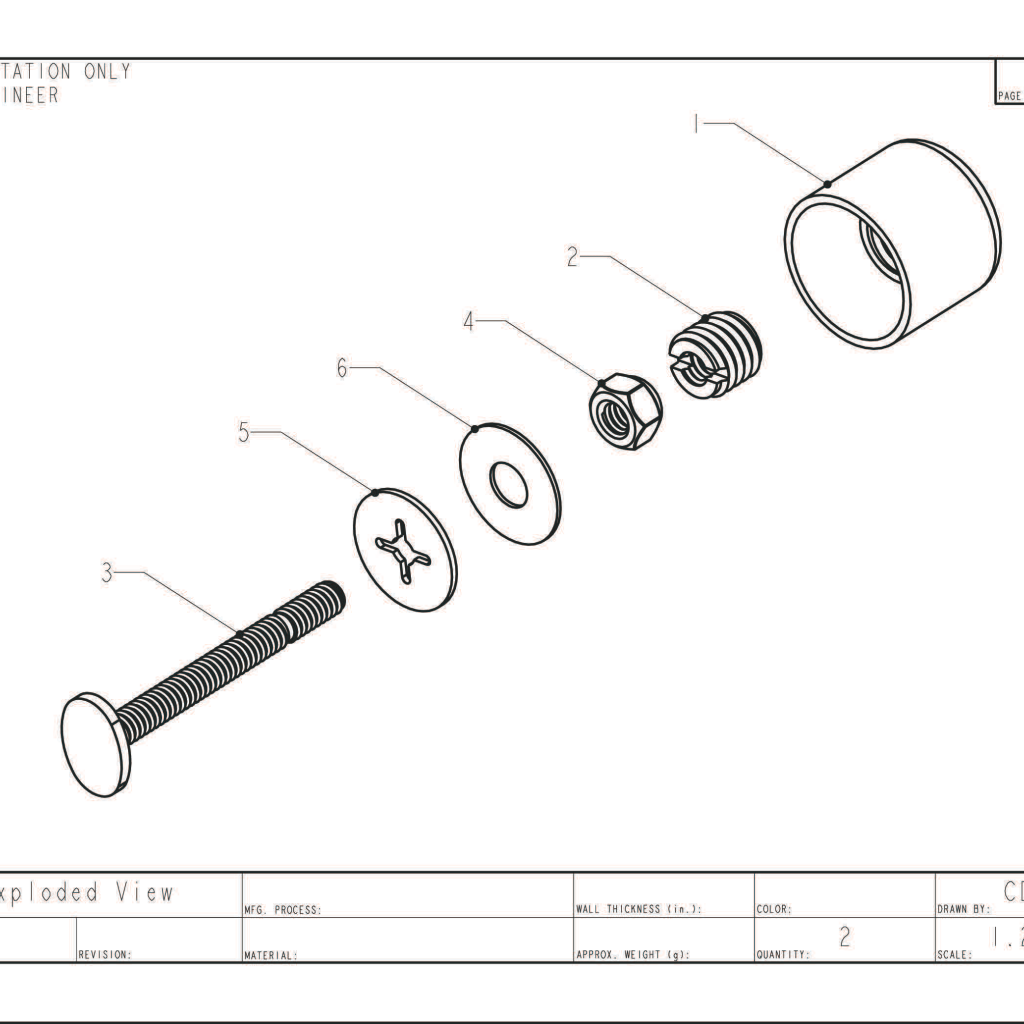
6 Engineering
Engineering takes precision thinking and the patience to contemplate every single part needed to build the product & how those components fit and work together.
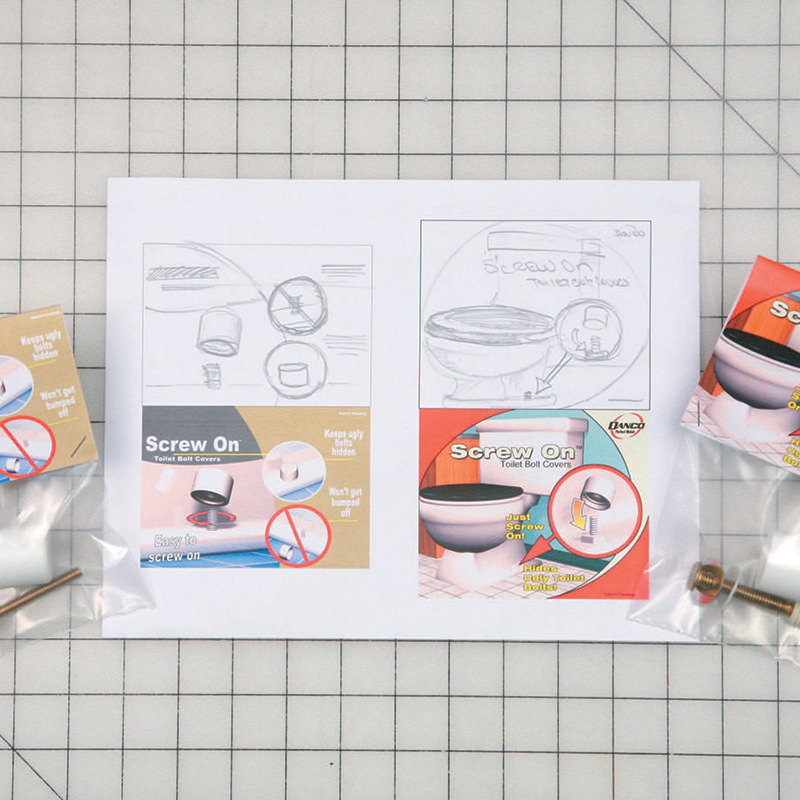
7 Package Design
After the packaging is designed, graphics are then created to showcase and maximize appeal to the customer. In the case of an app, graphics are designed for an app store sales display page.
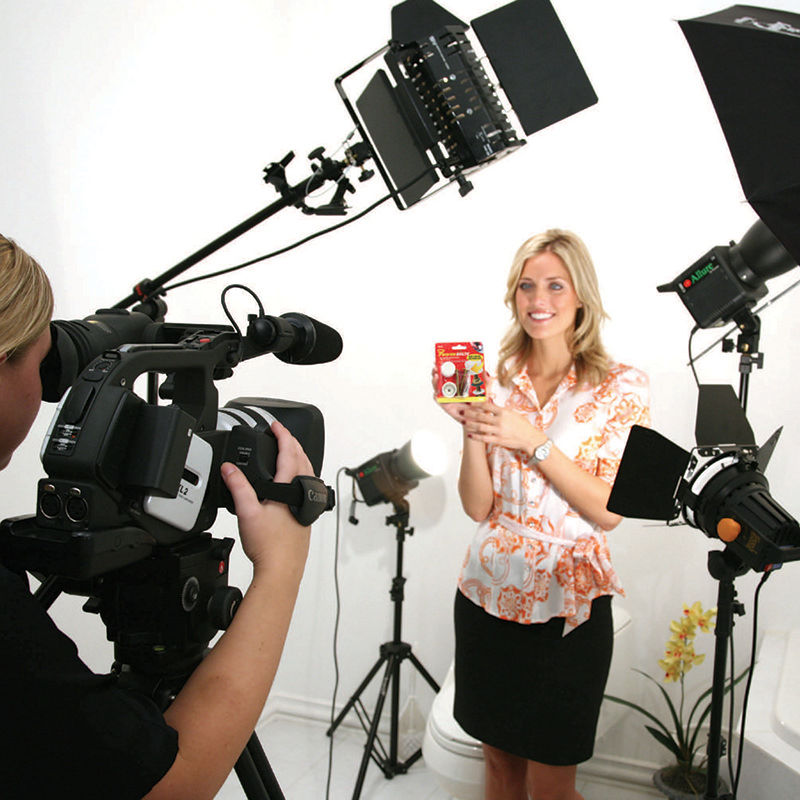
8 Graphic Design
The 3D virtual rendering represents what the actual product sample and packaging will look like. The drawings are transferred to machines that can create the components needed to make a product sample. For digital apps, a similar method applies, except the wireframe is utilized to move forward into the development of the final app.
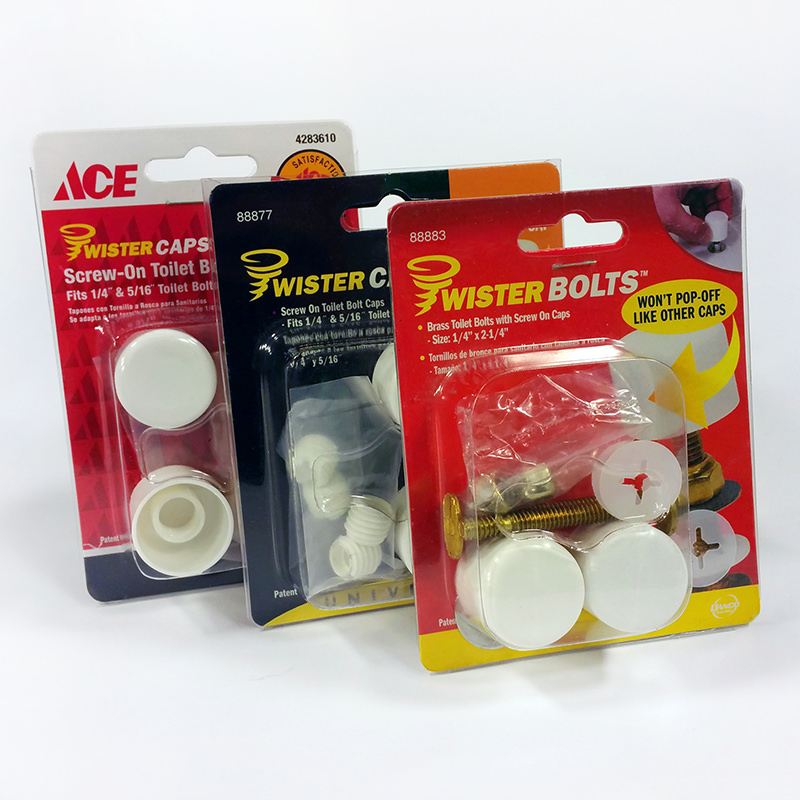
9 Product Sample
The development process continues when a fully functional product sample is created, and we begin to speak with companies about potential licensing opportunities and filing and paying for our client’s patent work. In the case of apps, the inventor is given access to a test version of the app to begin the process of placing an app into the market for downloads.
The “after” in the above case study is not meant to represent that all ideas go to market, get licensed and sell in stores and online. All ideas have their own journey. Some ideas go on to make history while others at least fail while daring greatly. Davison offers our clients an informative experience that utilizes our technology and leverages our dedicated team of project managers, designers, builders, and licensing agents who walk side by side with our inventors on their journey every step of the way. Davison charges fees for services. The typical inventor’s product is not licensed, profitable or sold in stores.
The photo above is of Kirt, the actual client who was not paid for his endorsement of our company.
